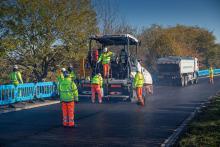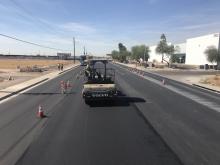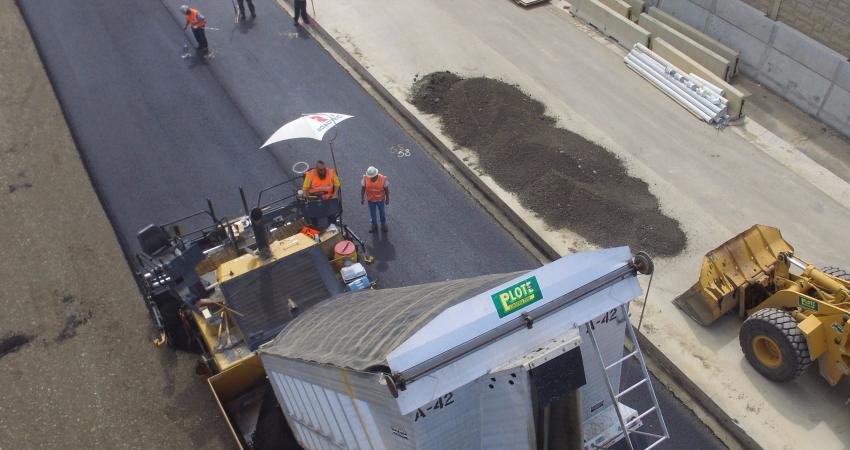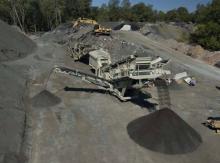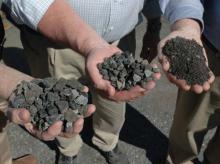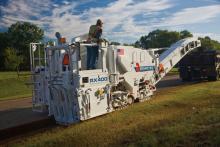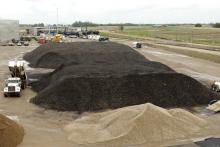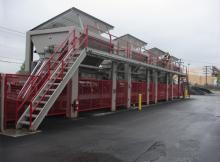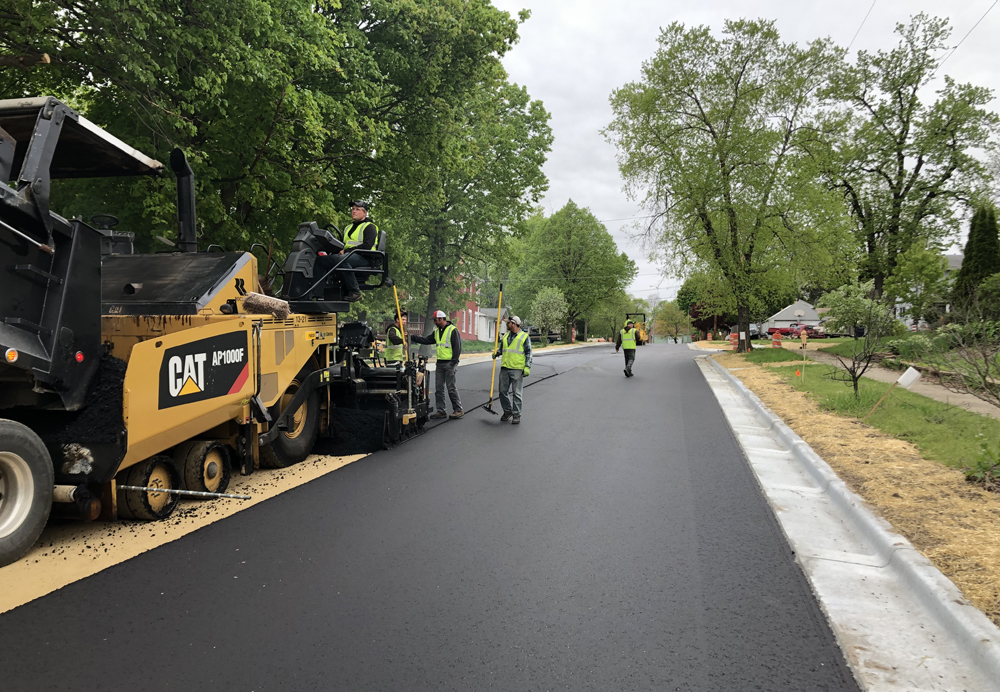
Since the COVID-19 pandemic flared up across the globe and people everywhere are spending less time on the road, the fuel taxes that so many road owners rely on to fund construction projects have evaporated. Many states across the US are reporting steep cuts in fuel tax revenue, significantly delaying or cutting road rehabilitation projects altogether. Washington Department of Transportation (WSDOT) is facing a 40% funding decline as state and local budgets start running on empty.
According to Mike Gribner, administrator for WSDOT, “That basically halved my 10-year preservation plan.”
In Pennsylvania, PennDOT is delaying new construction, significantly reducing resurfacing and sealing projects. Funding mainstays have taken a hit. According to Pittsburgh’s Trib Live, the agency is struggling with how to manage an estimated US$800 million loss of revenue for construction and maintenance, a $100 million reduction in funds for multimodal projects and a $90 million reduction in liquid fuels revenue for local governments.
Given these funding challenges contractors, DOTs and other road owners are looking closely at alternative ways to stretch road rehab budgets now and well into the future.
For years, using reclaimed asphalt pavement has proven to be one effective way to reduce cost while maintaining quality and durability. On average, RAP mix can achieve cost savings of $1.50/tonne compared to standard mixes.
Additional to the cost savings, DOTs can recognise the added values of maintaining mixture quality and durability while using RAP, often at times made possible by a rejuvenator product such as Cargill’s plant-based patented rejuvenator chemistry, ANOVA.
Located in south central Wisconsin just north of the Illinois border, the city of Janesville is responsible for maintaining around 552 centreline km of municipal roadways and alleys that serve a population of 65,000. In addition, the city performs routine maintenance on 18 centreline km of state highway that are within city limits. In 2014 the city of Janesville was rehabilitating its streets at an average of 10 centreline km/year—8.3km resurfaced, and 1.7km reconstructed.
When factoring in the 552km maintained by Janesville, the result is that the city was rehabilitating asphalt pavements every 54 or 55 years on average, according to Lisa Wolf, assistant city engineer for Janesville. “This is a completely unrealistic expectation, especially in our Midwest climate where we have multiple freeze-thaw cycles and older infrastructure within the city that’s already been milled a few times,” she said.
In Wisconsin, the average service life for an asphalt surface is around 18 years for new pavement and 12 years for an overlay, according to Wolf. By the time she joined the city in 2014, the average condition of the city’s streets was declining. The city council decided that more yearly rehabilitation work would need to be done before the overall condition of its streets declined further. If left to fail, the streets would cost even more to reconstruct.
In 2014 the Janesville City Council committed to funding 19.2km of street rehabilitation annually, doubling its program. Part of the strategy to rehabilitate more per year is adjusting the mix designs for the pavements and “increasing the use of recycled materials in the asphalt,” said Wolf.
The city began working with Behnke Materials Engineering (BME), a local firm based in nearby Beloit, to develop new mixes that would incorporate higher recycled content into Janesville’s asphalt pavements. BME also helped revise the city’s specifications for resurfacing and reconstruction projects, streets in new developments, new street extensions and more. The revised specifications increase the use of reclaimed asphalt shingles (RAS), reclaimed asphalt pavement (RAP) and fractionated reclaimed asphalt pavement (FRAP) in Janesville. They also require the mixes to still meet standards for DCT, HWT and I-FIT performance testing.
To implement the high recycled content mixes, the city partnered with local asphalt producer and paving contractor Rock Road Companies. “There are three mixes that we’re dealing with,” said Steve Bloedow, materials technical director for Rock Road. “Two of them are standard in Wisconsin; normal fine-graded mixes. And then there’s the MT mix, which is their highest volume mix and is kind of a deviation from any Wisconsin [DOT] mixes we’ve laid.”
The MT mix is a 75 gyration mix that’s more coarse-graded and modelled after one previously specified in Illinois, said Jon Wixom of Rock Road. “All three mixes utilise fractionated recycled coarse and fine FRAP as well as RAS to bring up those ABR (asphalt binder replacement) levels,” Wixom said. “With those elevated recycled levels we are using the ANOVA 1815 rejuvenator as our additive to help with that stiffness. It has helped with all the performance testing we have to meet.”
Janesville’s specs now allow for RAP, FRAP and RAS in both layers. “Up to 30% ABR (asphalt percent binder replacement) in lower layer pavements and up to 55% ABR is allowed in surface layers where FRAP is required and RAS optional,” said Wolf.
The partnership with Rock Road and its asphalt product has been critical to the city of Janesville’s revised street rehabilitation program. “Their cooperation and contributions in testing, analysing, refining and improving the mixes were invaluable,” Wolf said. “The first season of production included trial sections that used softer virgin binders and various additives to offset the harder asphalt from the RAP, FRAP and RAS. Subsequent tweaks to the specifications included requiring additives in surface mixes where the ABR is over 30%.”
Since the revised programme went into effect in 2016, the city of Janesville has started reaping the benefits. Performance testing specifications ensure the high recycle mixes are resistant to cracking and rutting. In addition, prior to 2016, Wolf said, prices for hot mix asphalt were steadily rising per year. After increasing its use of recycled asphalt material, Janesville saw the price/tonne for a typical local road asphalt mix drop about 6% from the 2015 price. “There are real cost savings in utilising more recycled asphalt material,” said Wolf.
“From smaller towns in the Midwest to large metro areas around the world, rejuvenated RAP is not only consistently proving to be a reliable performance solution, but real cost savings are also being realised," said Dr Hassan Tabatabaee, global technology manager for asphalt solutions with Cargill’s Bioindustrial Group. “We’re excited to see results like the city of Janesville is experiencing. This data, captured over a long period of time in real world applications, can help inform the industry when developing asphalt rehabilitation strategies for the future.”

